Artificial cactus spines, which can collect fog from the air, have been constructed by a research group from Beihang University. This water-harvesting method is of great interest in a world where water is becoming more scarce.
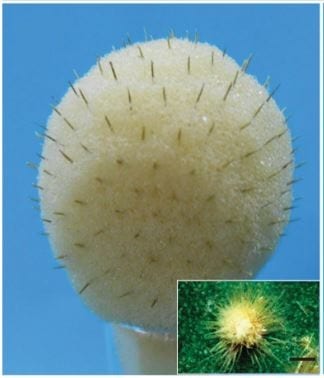

Artificial cactus spines, which can collect fog from the air, have been constructed by a research group from Beihang University. This water-harvesting method is of great interest in a world where water is becoming more scarce.
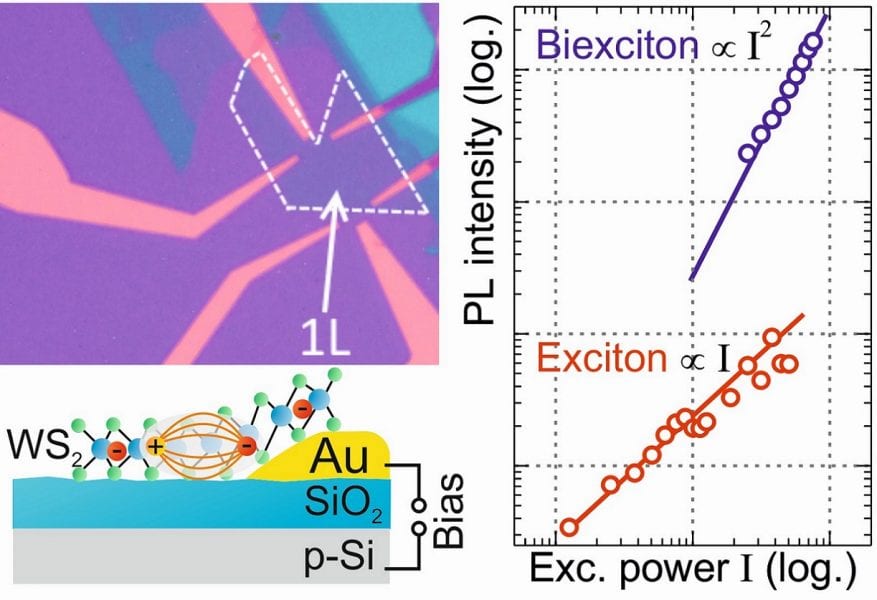
A group of scientists at the University of Regensburg have studied the photoluminescence of gated monolayer WS2 flakes and identified the biexciton emission
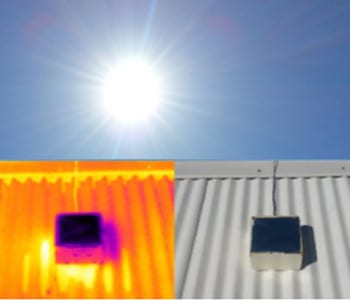
Researchers at the University of Technology in Sydney have developed a new material that can keep roofs cooler than the air above them, even in direct sunlight.

A*STAR researchers develop batteries with enhanced performance and lower resistance, improved charge-discharge profile, and notable cycling stability.
Researchers reveal synergistic lubricating effects between phosphonium-alkylphosphate ionic liquids and a classic anti-wear additive.
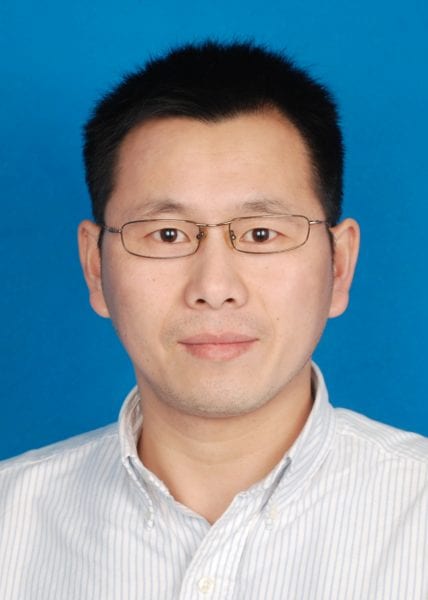
Huisheng Peng talks about how his research interests and career have developed and his role as an Editorial Board co-chair for the new journal ChemNanoMat.
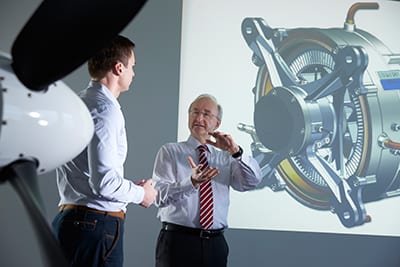
Siemens researchers have developed a new type of electric motor that, with a weight of just 50 kg, delivers a continuous output of about 260 kW.
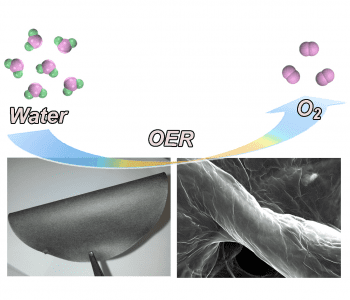
A novel electrocatalyst system with long-term stability, based on cellulose paper and graphene, has been developed by for the oxygen reduction reaction.
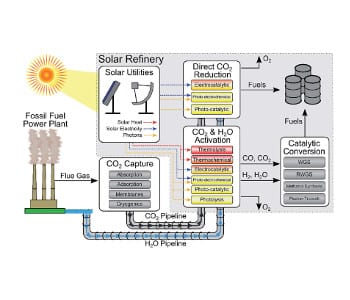
Professor Ozin explores the feasability of a solar refinery for making fuels and chemicals from CO2, H2O and sunlight.
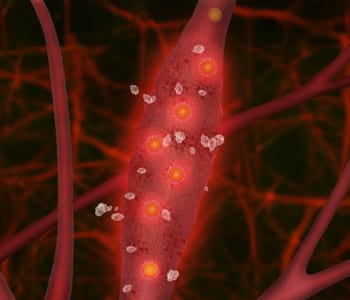
Researchers highlight the potential and current biological and biomedical applications of micro- and nanoparticle research.